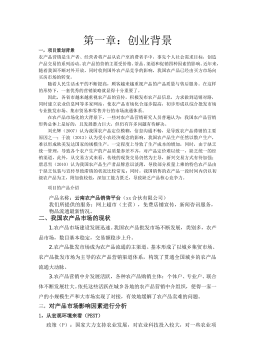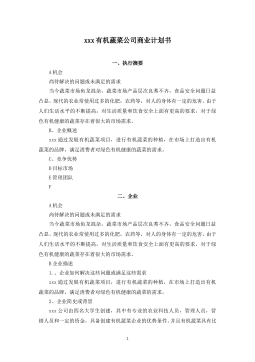我国商业银行客户信用评价体系研究
摘要信用风险是银行面临的主要风险。2008年发生的次贷危机又一次引发了全球范围的银行业危机。此次危机再次表明,一旦银行业风险得不到有效控制,很容易引起连锁反应,从而引发全局性、系统性的金融危机,并殃及整个经济生活,甚至会导致经济秩序混乱与政治危机。为了避免危机的再次发生,我们必须提高银行对客户的信用评级水平以降低商业银行的金融风险。我们应以此次危机作为契机,对我国现行的信用评级指标进行重新构建,使其能在商业银行客户信用评级过程中发挥更大的作用。我国的信用评级业开展相对较晚,同发达国家相比我们无论是信用评级理论还是信用评级方法都处于初级阶段,因此我们必须借鉴国外关于信用评级的先进理论和方法来改进...
相关推荐
-
我国基层财政困难的制度成因分析与对策研究VIP免费
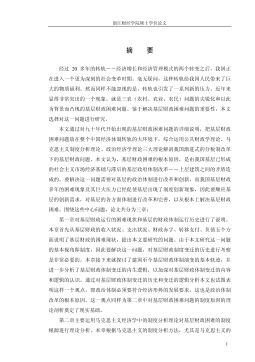
 2024-09-20 33
2024-09-20 33 -
我国煤电产业链纵向交易合约机制研究VIP免费
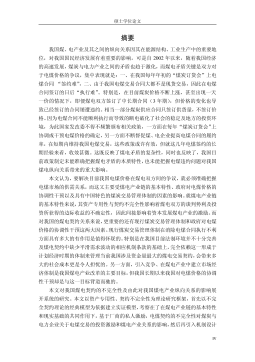
 2024-09-20 28
2024-09-20 28 -
生产要素视角下的上海市产业结构优化研究VIP免费
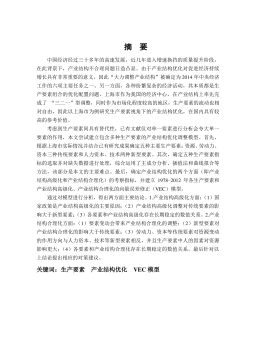
 2025-01-09 7
2025-01-09 7 -
我国银行业结构与经济结构关系研究VIP免费
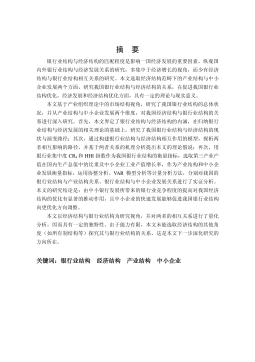
 2025-01-09 7
2025-01-09 7 -
大数据视角下农业供应链金融研究VIP免费

 2025-01-09 6
2025-01-09 6 -
跨国大型综合超市的规划研究VIP免费
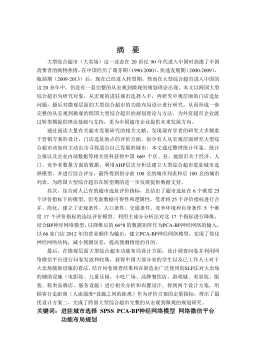
 2025-01-09 6
2025-01-09 6 -
跨境电商农产品质量安全问题研究VIP免费
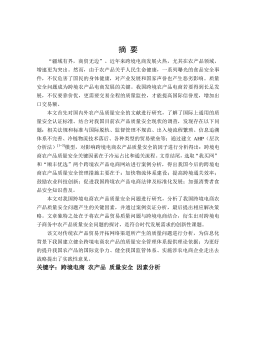
 2025-01-09 8
2025-01-09 8 -
世界市场的虚拟化与我国国际电子商务发展方向研究VIP免费
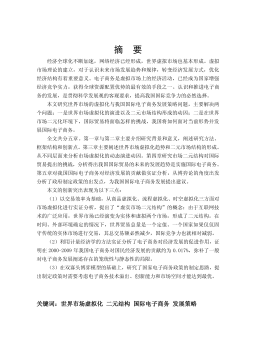
 2025-01-09 9
2025-01-09 9 -
中国政府对电力行业的价格规制问题研究VIP免费
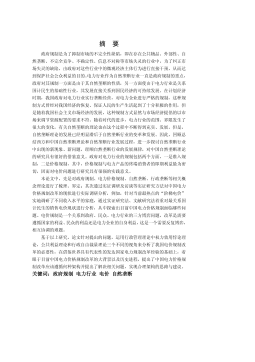
 2025-01-09 14
2025-01-09 14 -
中小企业信息化系统集成技术研究VIP免费
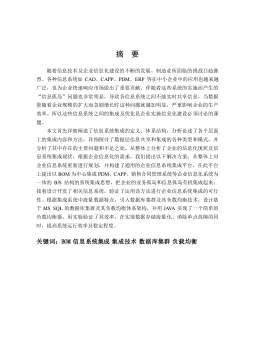
 2025-01-09 14
2025-01-09 14
相关内容
-

跨国大型综合超市的规划研究
分类:高等教育资料
时间:2025-01-09
标签:无
格式:PDF
价格:15 积分
-

跨境电商农产品质量安全问题研究
分类:高等教育资料
时间:2025-01-09
标签:无
格式:PDF
价格:15 积分
-

世界市场的虚拟化与我国国际电子商务发展方向研究
分类:高等教育资料
时间:2025-01-09
标签:无
格式:PDF
价格:15 积分
-

中国政府对电力行业的价格规制问题研究
分类:高等教育资料
时间:2025-01-09
标签:无
格式:PDF
价格:15 积分
-

中小企业信息化系统集成技术研究
分类:高等教育资料
时间:2025-01-09
标签:无
格式:PDF
价格:15 积分


